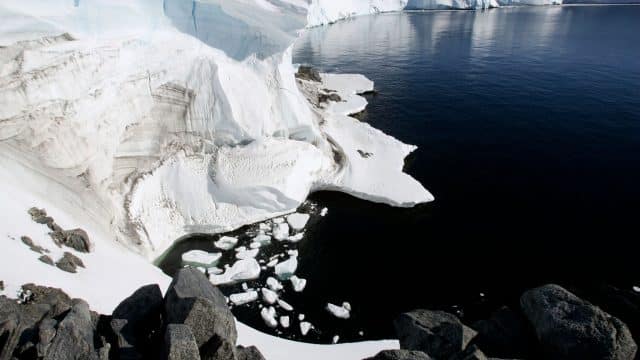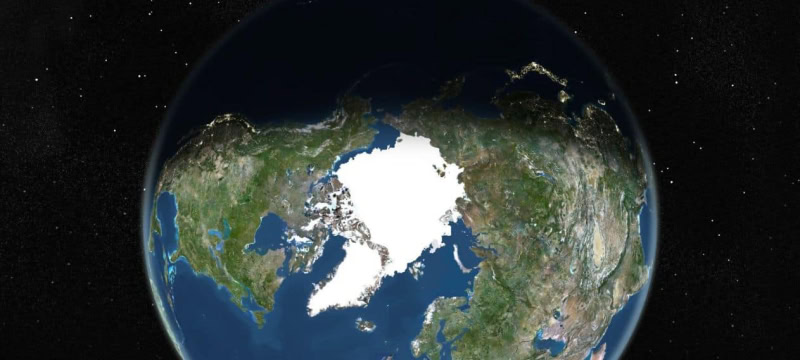Rising sea levels due to Climate Change are causing the Earth to become “fatter” at the equator, which slows its rotation and lengthens the days. As polar ice caps have melted, water has shifted from the poles to the equator, significantly increasing the Earth’s oblate shape since 1900 and extending the length of its days.
While adding a few milliseconds to a 24-hour day may seem minor, it has important implications for precise timekeeping and space navigation, according to the study published in the Proceedings of the National Academy of Sciences. The rate of this Climate Change is now greater than at any time during the 20th century.
Read more: Midwife at The Forefront Of Climate Impact On Pakistan Islands

If greenhouse gas emissions continue at their current levels, the length of the day is expected to increase further, potentially reaching an additional 2.62 milliseconds per century by the end of the 21st century, according to the study. This would make Climate Change a more significant factor in long-term variations in day length than lunar tides.
The study highlights the unprecedented impact of climate change on Earth. It follows earlier research published in Nature in March, which examined how Climate Change affects global timekeeping. This research found that accelerated melting of polar ice would slow the Earth’s rotation more quickly and could impact our time measurements.
Coordinated Universal Time (UTC), the international standard for timekeeping, is based on around 450 atomic clocks worldwide. Occasionally, a leap second is added to keep atomic time in sync with the Earth’s rotation.
Professor Duncan Agnew from the Scripps Institution of Oceanography explained that more water at the equator affects the Earth’s spin, likening it to a skater: “Spinning slows when arms are out and speeds up when they’re pulled in.”









